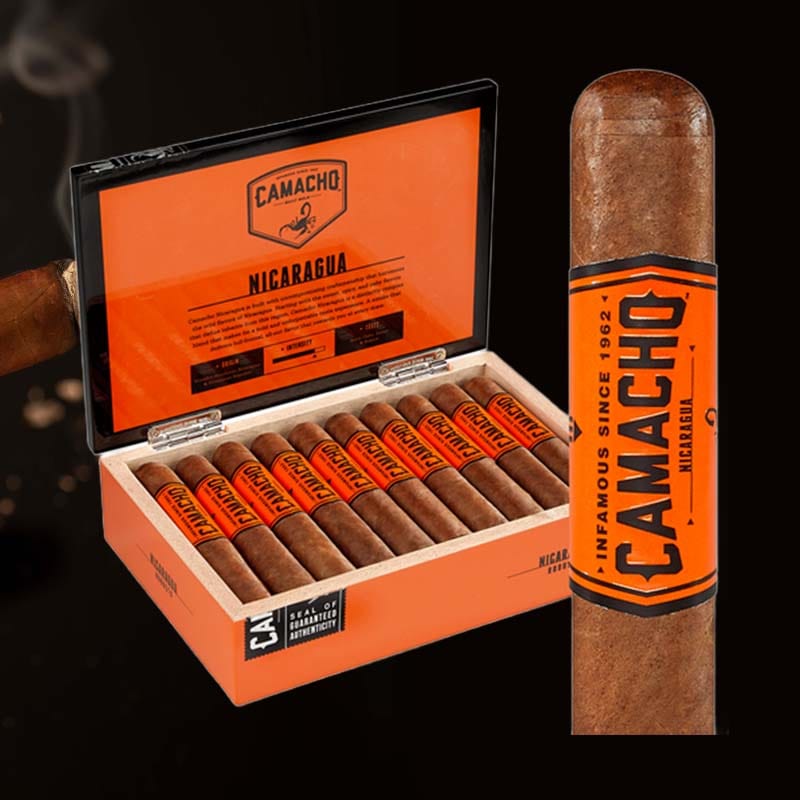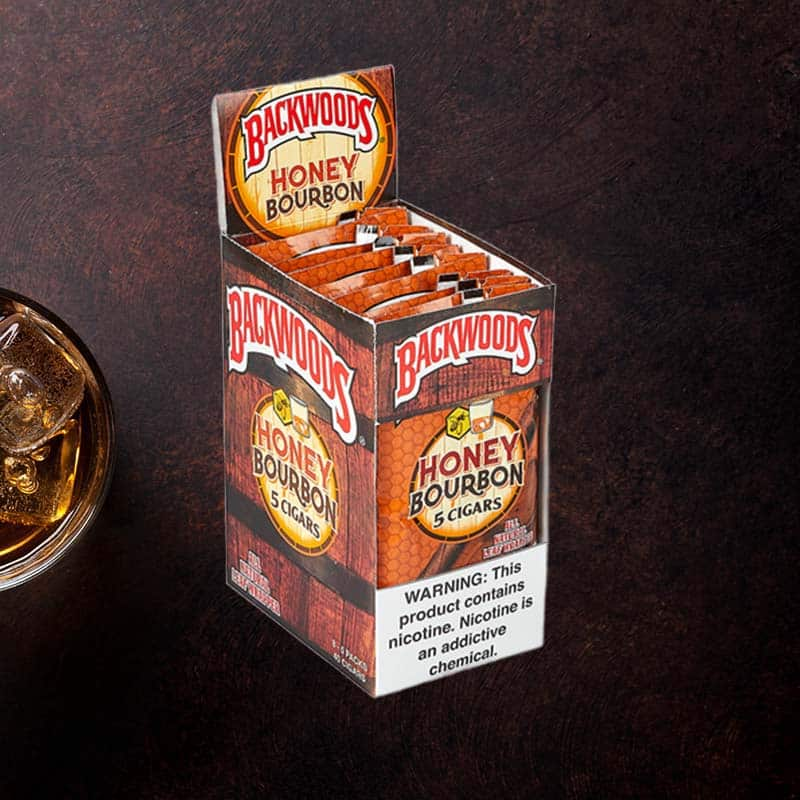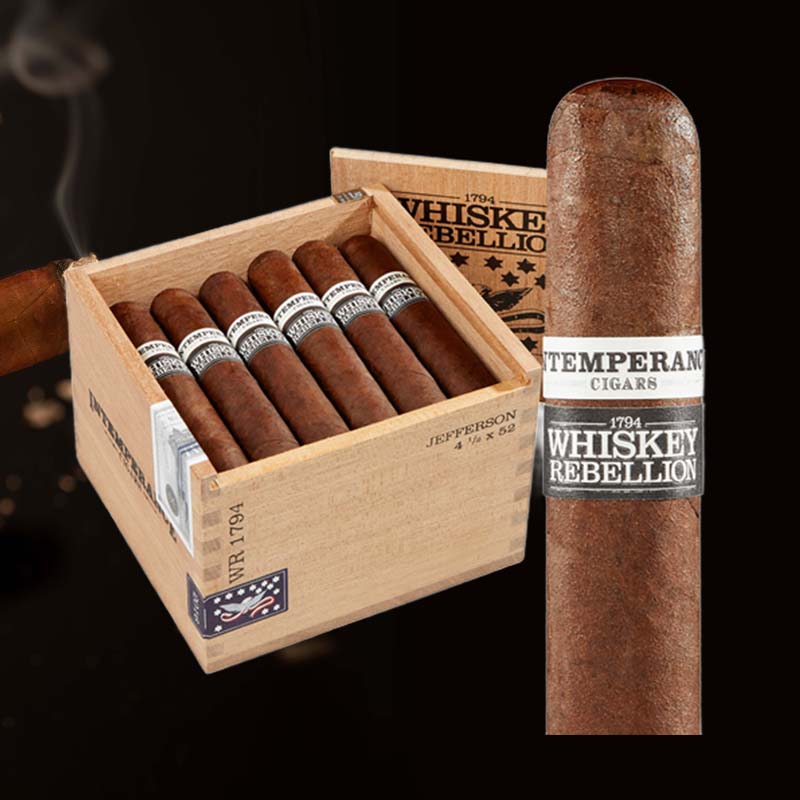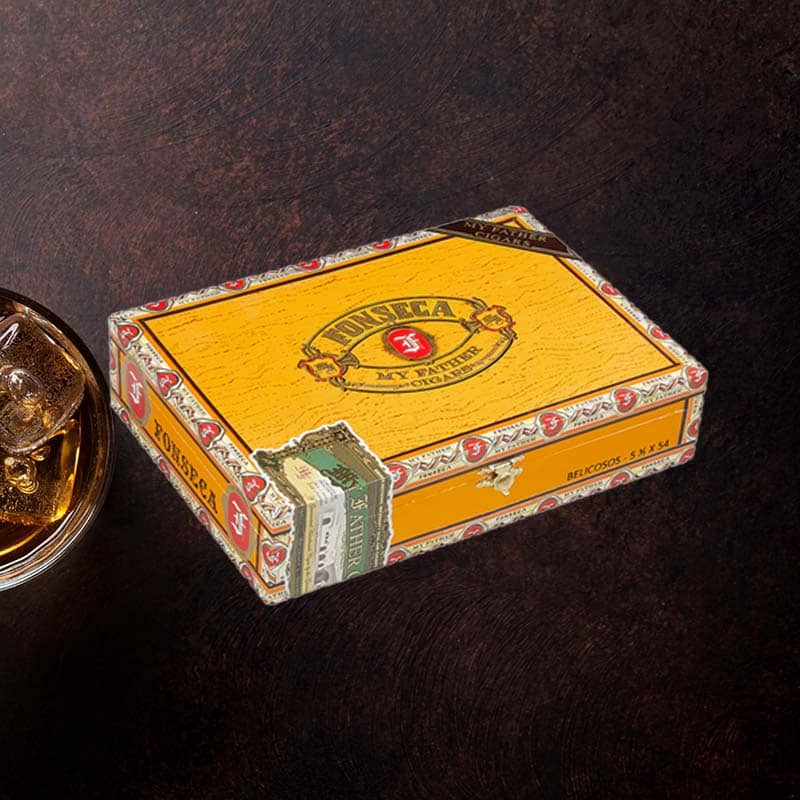How to fix clicker on torch lighter
Introduction: Fixing That Jet Lighter You Love
We all have that one trusty torch lighter that has been with us through the thick and thin, lighting up our times of celebration and relaxation. But, what happens when the clicker stops working? Trust me, I know the frustration of wanting to ignite that perfect cigar, only to find that my beloved lighter refuses to cooperate. Fear not! I’m here to guide you through the process of diagnosing and fixing that clicker, so you can keep enjoying those moments.
Understanding the Importance of a Functional Clicker
A torch lighter’s clicker is not just a button; it’s the key to igniting flames that accompany so many of our cherished experiences. From lighting a fine cigar to starting a campfire, the clicker is crucial. If it’s not functioning, it can lead to quite a bit of annoyance. I’ve been there, and I know how essential it is to have that satisfying click back in your life.
Step 1: So What You’ll Need for This
Essential Tools and Materials
- Small screwdriver set
- Soft cloth or cloth gloves
- Compressed air (optional)
- Replacement flint (if needed)
- High-quality butane fuel
Step 2: Ok, Diagnosis Time Doctor
Identifying the Problem with the Clicker
Before jumping into repairs, it’s crucial to diagnose the issue. I often check if the lighter makes any sound at all. If it’s silent, it may be stuck, but if it’s sputtering, it might be gummed up. Spend a moment observing all these factors; your lighter will give you signs if you pay close attention!
Step 3: Opening Your Lighter Up
How to Safely Disassemble Your Torch Lighter
Once I’ve identified the problem, the next step is disassembly. I ensure I’m in a well-lit area and start by carefully unscrewing the lighter’s casing with my small screwdriver. Always be gentle; I’ve had my share of awkward moments when a spring flies across the room! Keep your cloth nearby to avoid scratching the surface during this process.
Step 4: Adjusting the Spark
How to Adjust the Clicker Mechanism
Now it’s time to get hands-on! With the lighter open, I locate the clicker mechanism. Often, a small adjustment can do the trick. I rotate or reposition the spring and inspect the ignition pin for any blockage. Sometimes, just a little flexibility can revive that click you thought was lost!
Step 5: So I Did That, But I’m Not Getting Anywhere
Common Troubleshooting Techniques
- Recheck the clicker spring’s position.
- Ensure no debris is interfering with the mechanism.
- Double-check the butane levels.
- Try using compressed air to clear clogs.
Step 6: Putting It Back Together
Reassembling Your Torch Lighter
After adjustments, it’s time to put everything back together. I take care to reassemble the lighter in reverse order of disassembly. Tightening screws responsibly is a must; I’ve learned the hard way that stripped screws make for longer repairs down the road.
Step 7: I Do Believe We’re Done
Testing the Clicker After Repairs
Now comes the moment of truth. I take a deep breath, ready to ignite! I press the clicker and, hopefully, it sparks to life. If it does, I can finally relax and enjoy my favorite cigar or barbecue with confidence. If not, we may need to circle back to some troubleshooting.
Use High-Quality Butane
Ensuring Optimal Performance with Quality Fuel
I’ve found that using high-quality butane really makes a difference in the performance of my lighter. Cheap fuel can cause clogs and inconsistent flames, leading to more repairs down the line. Always fill up your lighter with the best fuel; it’s worth the investment!
Check the Flame
Assessing Flame Height and Quality
After reassembly, I check the flame height. A good flame should be steady and bright. If it’s low or flickers, I might need to adjust the flame settings, or there could be issues with airflow. A quality flame reflects a healthy lighter.
Check the Flint
Inspecting and Replacing the Flint
Does your lighter produce a weak or nonexistent spark? I recommend checking the flint. A worn-out flint will often fail to ignite properly, and replacing it can breathe new life into your torch lighter. A quick swap can often be all it takes!
Check for a Hissing Sound
Diagnosing Possible Gas Leaks
If you hear a hissing noise from the lighter, there might be a gas leak. I carefully inspect the connections to ensure that everything is tight and secure. Gas leaks can be dangerous, so its best to handle this issue promptly!
Bleed the Tank Before Refilling
Steps to Bleed the Tank Safely
Before filling up, I always bleed my lighter’s tank. By pressing the refill valve gently, I can release excess gas. This step is essential as it helps to prevent overfilling and improves the lighter’s performance.
Wait for Your Lighter to Warm Up After Refilling
Why Temperature Matters for Your Lighter’s Functionality
After refilling my lighter, I give it a minute to room temperature. A sudden ignition can lead to sputtering; allow the butane to settle and warm a bit. Patience is key for a seamless experience!
Clean the Jets
Maintaining Airflow for Efficient Ignition
I prioritize airflow — dirty jets can block the flame. By using compressed air or blowing through them gently, I ensure that the pathway is clear. A clean lighter is a happy lighter!
5 Common Issues That Make a Torch Lighter Won’t Light
Identifying and Fixing Common Problems
- Low butane levels
- Dirty jets
- Blocked flint tube
- Worn-out flint
- Gas leaks
Additional Tips for Long-term Care of Your Torch Lighter
Maintaining Your Lighter for Future Use
To extend the lifespan of my torch lighter, I take a few extra measures: regularly clean jets, use quality fuel, store it in a temperature-regulated environment, and check for fluid levels periodically. It’s amazing how these small habits can keep my lighter functioning effectively over time!
FAQ
How do you fix a lighter that won’t click?
To fix a lighter that won’t click, disassemble it carefully to check the clicker mechanism for blockages or misalignment, then reassemble it and test for function.
Can you fix a torch igniter?
Yes, torch igniters can often be fixed by identifying the issue, adjusting the clicker or replacing the flint, and ensuring there’s no blockage in the ignition path.
How do you fix a sputtering torch lighter?
To fix a sputtering torch lighter, check for low butane levels, clogged jets, or a faulty flint. Cleaning and refilling often resolve sputtering issues.
Why is my torch lighter not releasing butane?
If your torch lighter is not releasing butane, it may be due to a clogged nozzle, low fuel level, or an internal blockage that needs to be cleaned or resolved.




















